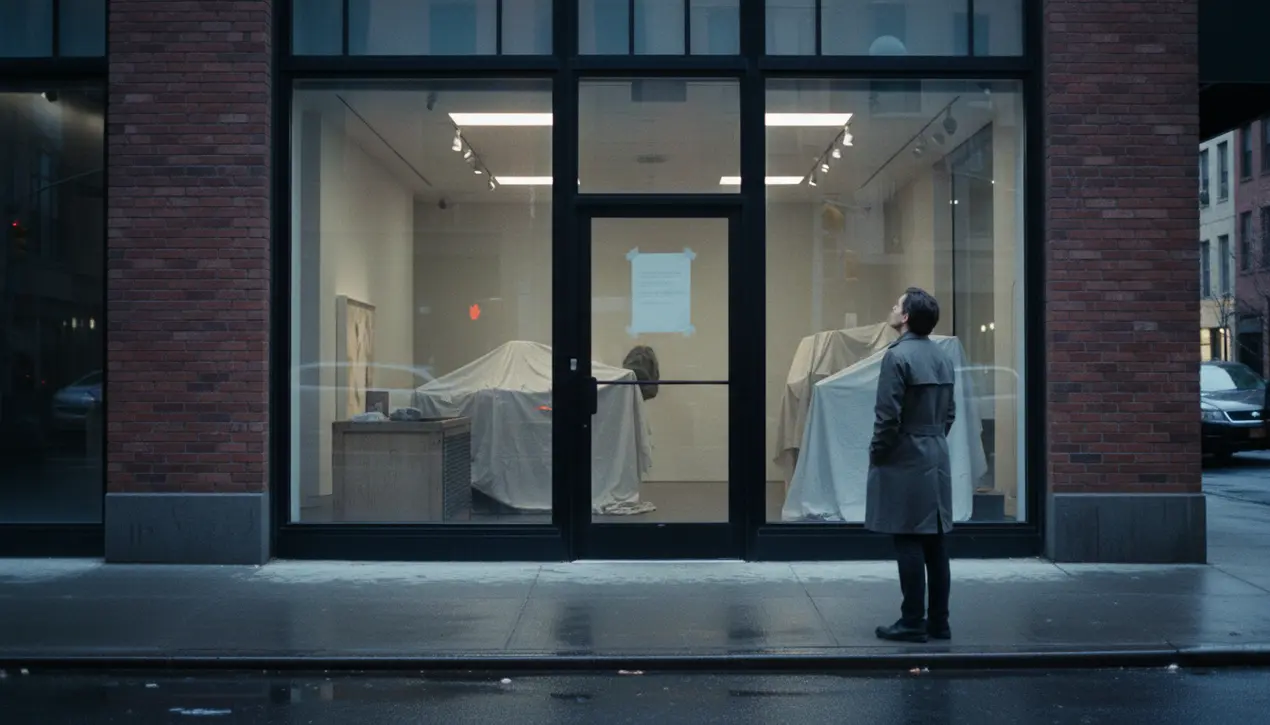
Entertainmenttheatre & artsArt Exhibitions
Sperone Westwater Gallery May Be Closing
AN
Andrew Blake
2 hours ago7 min read2 comments
The art world is humming with the kind of speculative, anxious energy usually reserved for a major auction or a surprise museum acquisition, but this time the source is more somber: the potential shuttering of New York City's vaunted Sperone Westwater Gallery. This isn't just another story about a small business closing; it's a tremor felt through the very foundations of the contemporary art market, a signal that even the most established institutions are navigating a profoundly shifting landscape.Founded in 1975 by Italian dealers Gian Enzo Sperone and Angela Westwater, the gallery has been a titan on the scene for nearly half a century, a bridge between European avant-garde sensibilities and the explosive American market. Its journey, from a pioneering space on Prince Street in SoHo to a breathtaking, signature building on the Bowery designed by renowned architect Norman Foster, mirrors the physical and economic migration of the New York art world itself.To understand the gravity of its potential closure is to understand the erosion of a certain model of art dealing—one built on deep, long-term relationships with a stable of blue-chip artists, a global network of wealthy collectors, and a reputation for intellectual rigor. The gallery didn't just sell art; it built careers, championing the likes of Bruce Nauman, Susan Rothenberg, and Richard Long, artists whose challenging work required a gallery with the conviction and capital to support it through critical and commercial dry spells.The current uncertainty, hinted at by staff departures and a conspicuously light exhibition schedule, speaks to pressures that are squeezing galleries of all sizes, but are particularly acute for those in the mid-to-upper tier. The astronomical overhead of a prime Manhattan location, the fierce competition for new talent from mega-galleries like Gagosian and Hauser & Wirth, and the changing habits of collectors who increasingly discover and buy art at fairs or online have created a perfect storm.Furthermore, the generational shift in ownership is a classic small-business problem writ large on a multi-million dollar canvas; what happens when the founders, the visionaries whose names are on the door, look toward retirement? Is there a succession plan? Can the brand survive without them? The implications are vast. For the artists represented by Sperone Westwater, this creates immediate instability, forcing them to seek new representation in an already crowded field.For the broader ecosystem, it raises questions about the future of the primary market—where artists first sell their work—and whether the model can sustain spaces that prioritize curatorial ambition over immediate, high-volume sales. The potential closure of such a landmark is a canary in the coal mine, suggesting that the center of the art world may not hold in its traditional form, potentially decentralizing to other cities or further into the digital realm. It’s a story about real estate, yes, but also about legacy, the economics of culture, and the quiet, often unseen, struggles that determine which artistic voices get a platform and which are left without a home.
#Sperone Westwater
#gallery closure
#art market
#New York
#featured
Stay Informed. Act Smarter.
Get weekly highlights, major headlines, and expert insights — then put your knowledge to work in our live prediction markets.
Comments
Loading comments...
© 2025 Outpoll Service LTD. All rights reserved.